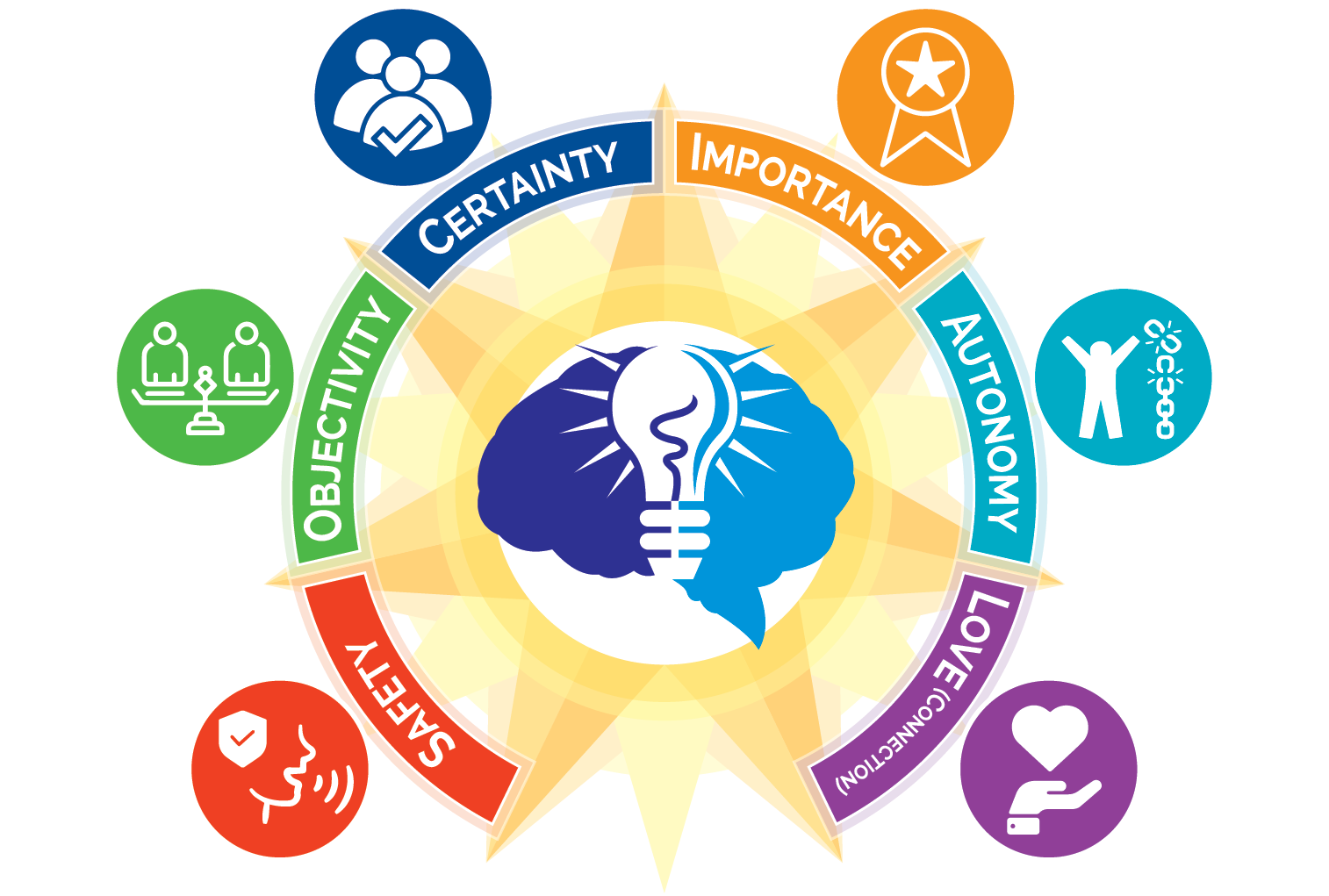
How we lead our people determines the health and success of our organisations. The future of leadership is both social and SOCIAL.
The Changing Face of Leadership
Over the past two years, my journey through various interactions with clients, conference attendees and industry peers, has provided a profound insight into the evolving landscape of leadership. It’s undeniable that leadership, in all its facets, has undergone a significant transformation.
Leaders, both seasoned veterans and emerging talents, are finding themselves stretched thin, their cognitive reserves depleted as they navigate myriad responsibilities. Tasked with achieving targets, nurturing talent, fostering innovation, and performing daily firefighting rituals, these leaders are often teetering on the brink of burnout.
Are we expecting our leaders to be superhuman?
Amongst these competing demands, one aspect stands out as paramount, the cultivation of a workforce that is not only proficient, but also inspired to become and remain an indispensable asset to their organisation. After all, without engaged and empowered individuals, business operations have no chance of thriving.
‘It’s not enough to update our maps, the landscape has changed beyond recognition, so we need to lay new foundations, forge new pathways and redraw the maps of 21st Century Leadership’
Houston, we have a Problem
An increasingly pressing challenge confronts us; the scarcity of exceptional leaders willing to steer our organisations and their people toward success. This scarcity can be attributed to several factors:
* The global pandemic redirected resources away from leadership development, prioritising immediate operational survival and execution
* Many leaders find themselves juggling multiple priorities with limited resources and skills, resulting in environments lacking psychological safety, contributing to disengagement and frustration
* There exists a disconnect between what leaders perceive their teams need and what they actually desire, leading to confusion, conflict and diminished job satisfaction
* A significant portion of leaders ascend to their positions prematurely or without adequate preparation and training, often lacking the motivation or aptitude for people management.
Factors combined, we are left with both quiet and loud quitting, and in an exceptionally tight labour market.
Enter the Concept of Social Leadership.
Social Leadership is a human-centric approach to leading for the collective good – of employees, stakeholders, and society at large. It revolves around forging and fostering authentic, sustainable relationships to drive positive outcomes.
It goes without saying that leaders need to be competent at what they do, social leadership does not mean dropping the ball on performance, that would be foolish, rather, it emphasises a balanced approach, acknowledging the interdependent relationship between employee wellbeing and organisational success. ‘We need to balance leading with both Head and Heart to succeed’
The SOCIAL™ Factor – The Science behind the Future of Effective People Leadership
Today, I’m thrilled to unveil ‘The SOCIAL™ Factor,’ a white paper that delves into the art and science of effective people leadership. It explores the subconscious drivers of human behaviour and how understanding these drivers can empower leaders to cultivate environments that foster:
* Unwavering safety and trust
* Cultures of fairness and equity
* Clarity of expectations and boundaries
* Genuine recognition and reward
* Empowerment and autonomy
* Deep-seated connections within teams
At the core of this exploration lies the SOCIAL™ Model, a hierarchy of core needs based on social cognitive neuroscience and adapted from David Rock’s SCARF™ model. Presented as an acronym, it encompasses six domains of interpersonal experience that when unmet can lead us into a negative state of ‘threat’ and when fulfilled help create a more positive ‘reward’ state:
* Safety (both physical and psychological)
* Objectivity
* Certainty
* Importance
* Autonomy
* Love (Connection)
Understanding these fundamental needs enables leaders to create inclusive environments where individual voices are heard and respected, fostering a culture of mutual understanding and appreciation.
Applications of the Model
I’ve integrated the SOCIAL™ Model into various programs, ranging from leading change through harnessing team diversity and inclusion, to strategies for self-care.
By tailoring interventions to individual contexts and addressing the underlying drivers of behaviour, leaders can bridge the gap between expectations and reality, delivering on what their people need and creating cohesive, committed and competent teams.
To delve deeper into ‘The SOCIAL™ Factor’ and its implications for effective leadership, I invite you to download the white paper via the link in the comments. Your feedback and insights are always invaluable, so please feel free to connect and share your thoughts.
Together, let’s embrace the transformative power of Social Leadership and pave the way for a brighter, more inclusive future for all.
For more information and to download a copy of the White Paper, please click here
#socialleadership #inclusiveleadership #peopleandperformance #leadershipdevelopment #neuroleadership
Leave a Reply